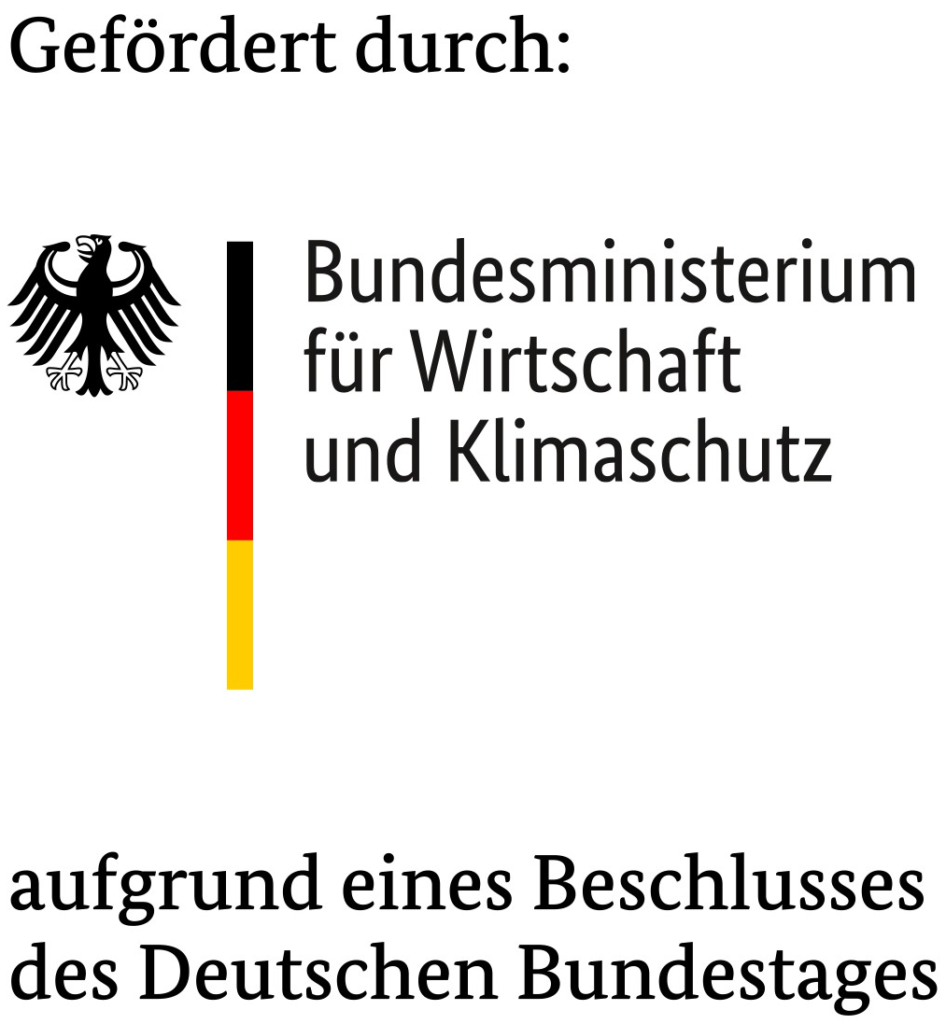Project
EcoEmiScan - Efficiency-enhancing and resource-saving solutions for test chamber systems for emissions analysis
Building products can emit very volatile organic compounds (VVOC), volatile organic compounds (VOC) and semi-volatile organic compounds (SVOC). These emissions can be harmful to the exposed person and cause acute and long-term health problems. Before these products can be used commercially, their emission levels must therefore be tested.
To test these emissions, a method based on the use of a test chamber and the subsequent analysis of VVOC, VOC and SVOC according to DIN EN 16516 is used. Between each measurement, the chambers must be thoroughly cleaned, and the samples taken manually. This process can be very time-consuming and therefore cost-intensive, especially due to the laborious manual cleaning of the test chambers before each analysis and the multiple manual sampling during the analysis.
The aim of the project proposed here is therefore to develop a new type of test chamber system that has both automated sampling of the test chambers and a new type of cleaning technology that enables drastically reduced cleaning time.
Three different cleaning processes are being tested as part of this project: cleaning by energetic irradiation with a UV lamp, cleaning by ozone treatment with an ozone generator and cleaning by functional surface coating systems based on photosensitizers. The aim is to break down difficult-to-clean components either completely such as VOC and SVOC and/or convert them into easy-to-clean components such as VVOC.
Most chemical binding energies are in the range of 1-10 eV. The energy range of UV light is 3-124 eV. Therefore, UV light radiation on the molecules can cause fragmentation. In addition, certain UV light energies can cause the formation of ozone, a well-known, highly reactive molecule that can also break down VOC and SVOC. An ozone generator uses only the power of ozone to break down these molecules. The final approach pursued in the project involves the use of photosensitizers in a coating on the inner walls of the test chamber. These substances can generate reactive oxygen species when activated with visible light. They behave like ozone, but react much faster, which makes their use much less problematic.

Figure: Schematic representation of the removal of VOC and SVOC in the test chamber using a UV lamp

Figure: Schematic representation of the removal of VOC and SVOC in the test chamber using a UV lamp (left) and the new test chamber design (right)
Project partners and/or other research institutes
- Myrenne GmbH
Acknowledgement
The project with the funding code KK5494502 is funded by the Federal Ministry for Economic Affairs and Climate Protection on the basis of a resolution of the German Bundestag.


